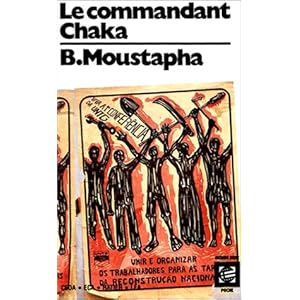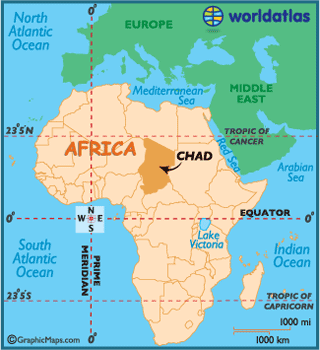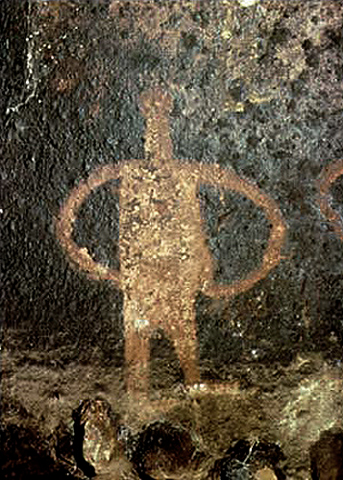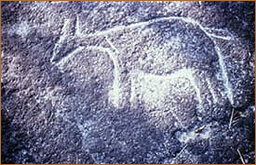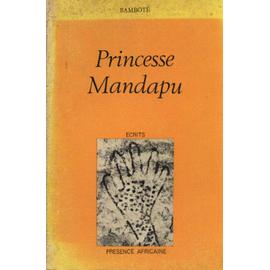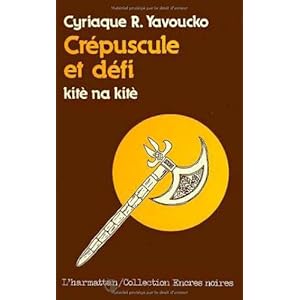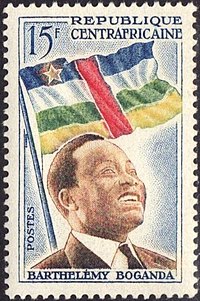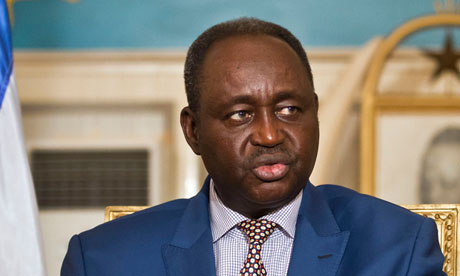They
say Candy Crush is the bane of every great chef. Well, ok, no one actually said
that, and since I’m not a great chef, it’s doesn’t matter, because I finally
passed level 29. I’ve been on that
level for over a week. It is also the day of the 97th running of the
Indianapolis 500 race. And since I live in Indianapolis, it’s a pretty big
deal. The whole city has been decorated in black and white checks for weeks.
When I was a kid, the entire month of May was one huge festival. In fact, I
used to think that the three-day weekend was for Race Day instead of Memorial
Day.
Today’s
meal from Chad was one that I was looking forward to since I gathered my
recipes together. I started out
making the Saffron Sweet Potato Pudding, or Pudding de Patates douces au
Safran. I used two large sweet potatoes, peeled them, cut them into small
pieces, and boiled them for 25 minutes.
I then drained the potatoes and put in some milk, heavy whipping cream,
sugar, saffron and cardamom. After that, I put it back on the stove and let it
simmer for a little over an hour until it got to a thick puree, like the
consistency of baby food. Then I garnished it with a pinch of ground cardamom.
I loved this dish. I think it would make a great filler in a tart.
Then
I got started on our bread. For
this, I chose a Chadian version of beignets soufflés. I had eaten beignets at the International Fest a few years
ago at a New Orleans booth, but I’ve never made them before. I started out
boiling some water and putting in the salt, sugar and butter. I had my daughter
doing the stirring on this one. Then I dumped in all of the flour in the mix,
and it almost immediately soaked up all of the liquid. At this point we had to
let it cool – I just shoved it in the refrigerator for a while. When it was
finally cool, it called to add two eggs. I think I may have been able to get
away with just one, because it seemed really liquidy now. But I went ahead and
fried them up and topped them with powdered sugar, and they were really good.
They went over well with the family.
It also helps that I have tried to hone my frying skills. I have found
that not burning everything that I fry has a direct impact on my family’s
well-being.
And
finally, I made entrée. I chose tilapia au four (baked tilapia). We love
tilapia and probably have it 1-2 times a month. I like it because it doesn’t
have a strong fish smell or taste. For this recipe, I rubbed chopped onions,
garlic, fresh chopped parsley and olive oil onto the tilapia filets that were
placed in a baking dish. Then I poured a can of diced tomatoes on top and
seasoned with a little salt and pepper. I baked it for a half hour in the oven.
This is definitely a dish I will repeat because it was so easy and tasted
wonderful. The fresh parsley made a HUGE difference in the flavors.
And
just because I love my kids, they requested asparagus to go with it. I think
they were thinking of a similar dish I made for this blog – and I forget which
country it was from. I have no
idea if asparagus grows in Chad or if they even eat it at all. But here was the
conversation that ensued:
Marisa:
“Can we have asparagus with cheese on it?”
Me:
“Well, we’re making food from Chad. I’m not sure if they even eat asparagus in
Chad.”
Marisa:
“Of course they do. I read it on the Internet. And the Internet doesn’t lie.”
Me:
“Umm… hmmm… ok. Asparagus it is. Wait. When were you reading about
Chadian
cuisine online?”
Marisa:
“Don’t ask questions.”
But
instead of using farmers cheese like I did last time, I used crumbled feta
cheese. At least they’re eating
vegetables, so in a way, I won.
I
loved this meal. Everything about it. And it went over well with the family,
too. I always appreciate meals
that the whole family enjoys. And now it’s time to relax, maybe catch the
recast of the race, even though I already know that Tony Kanaan won. I promise
I’ll look surprised, though.
Up
next: Chile







